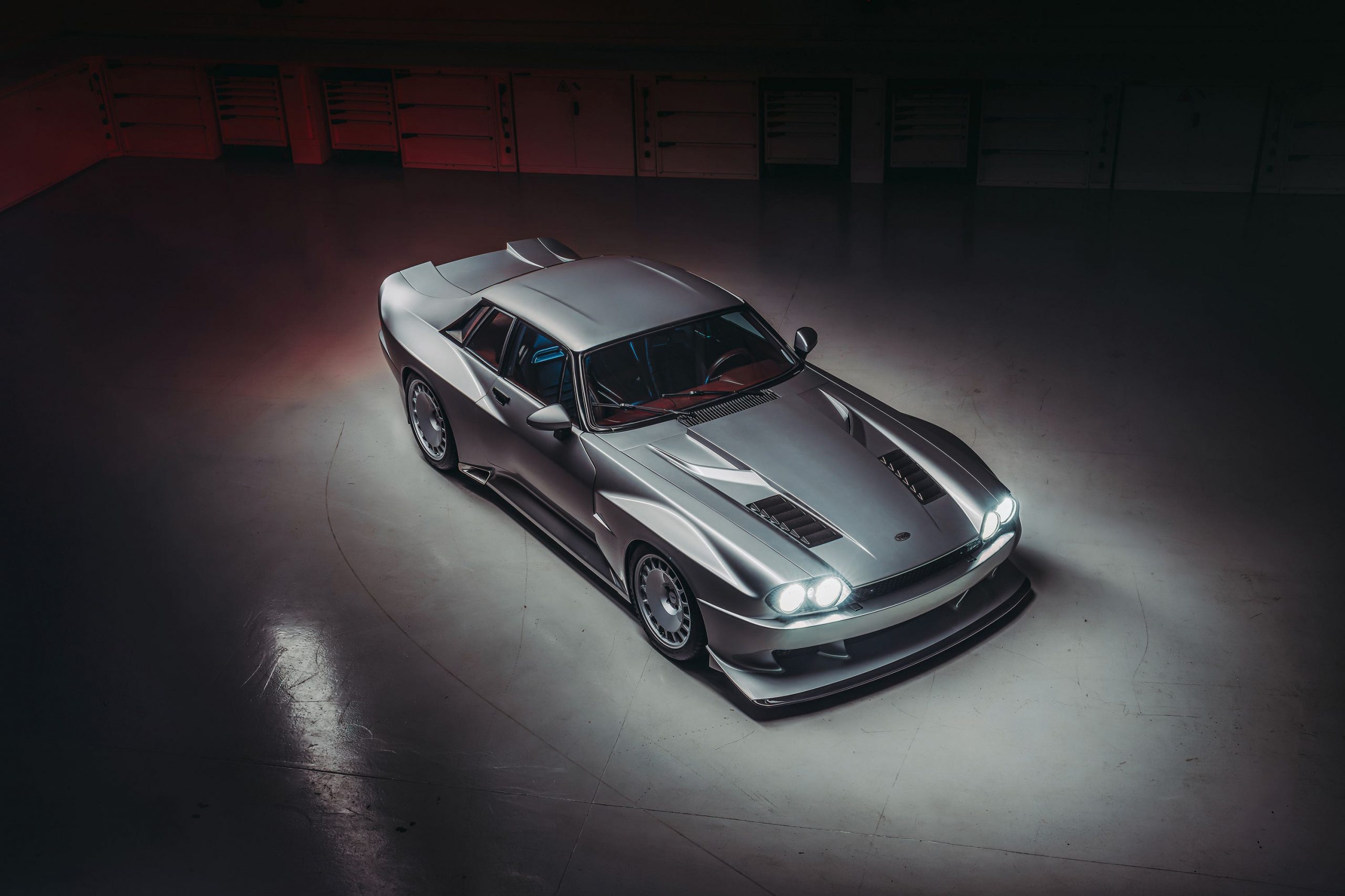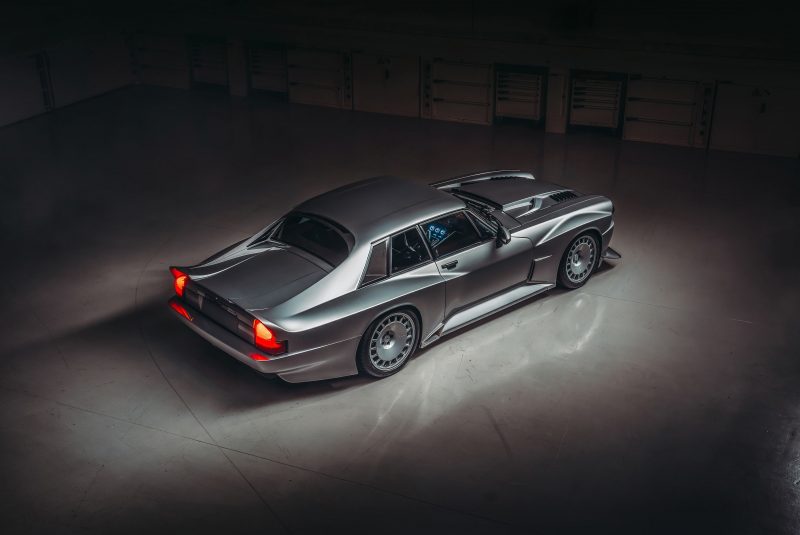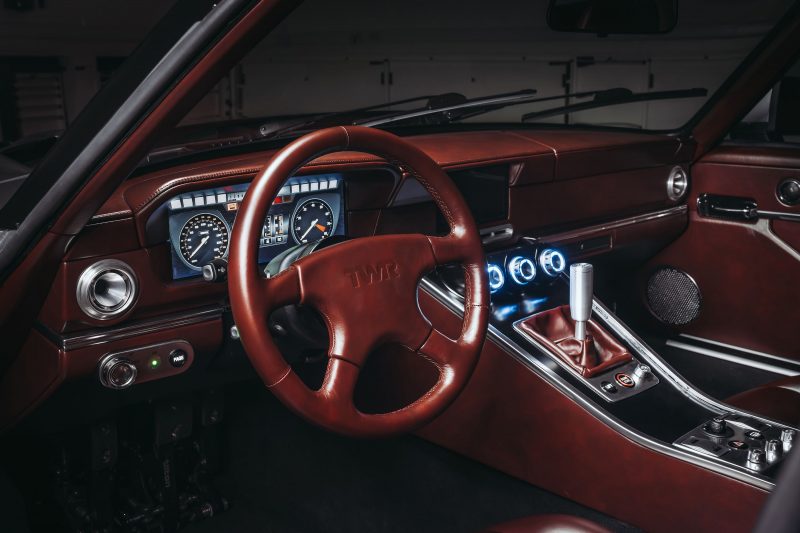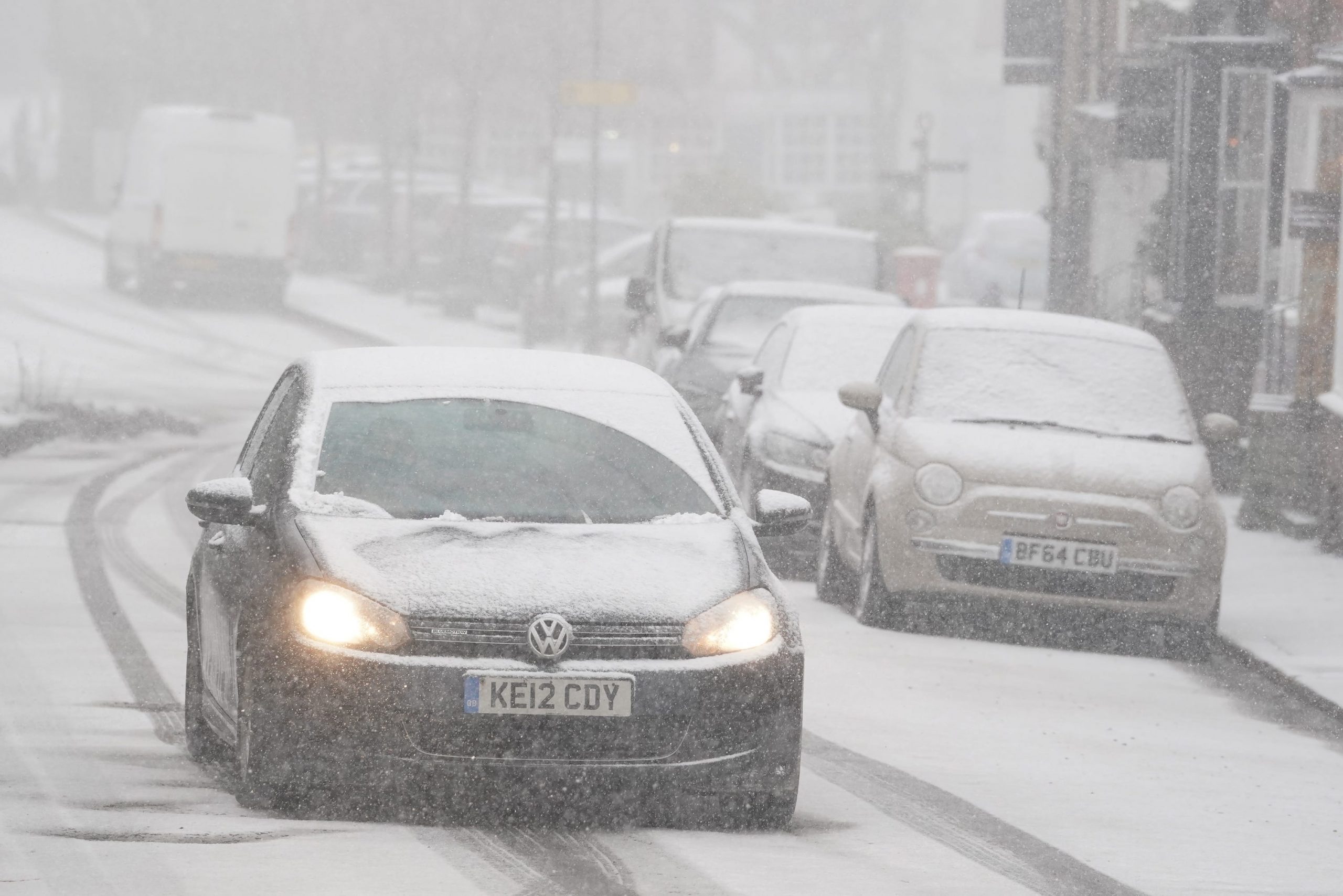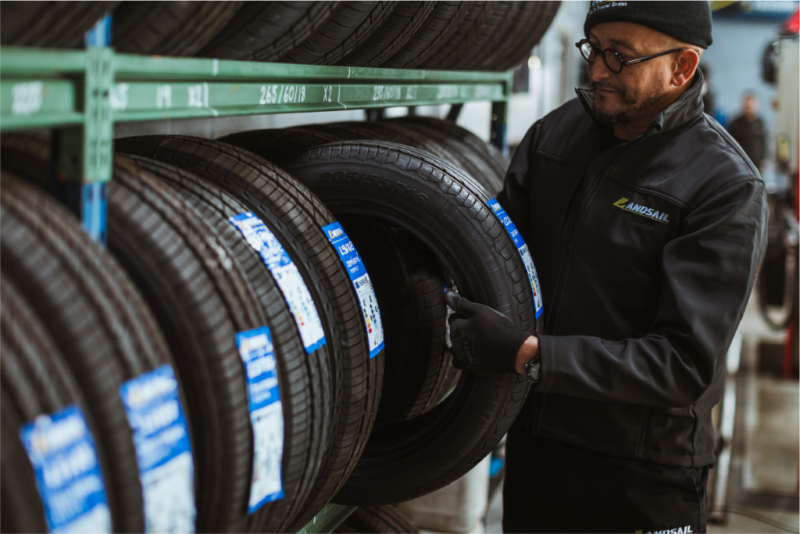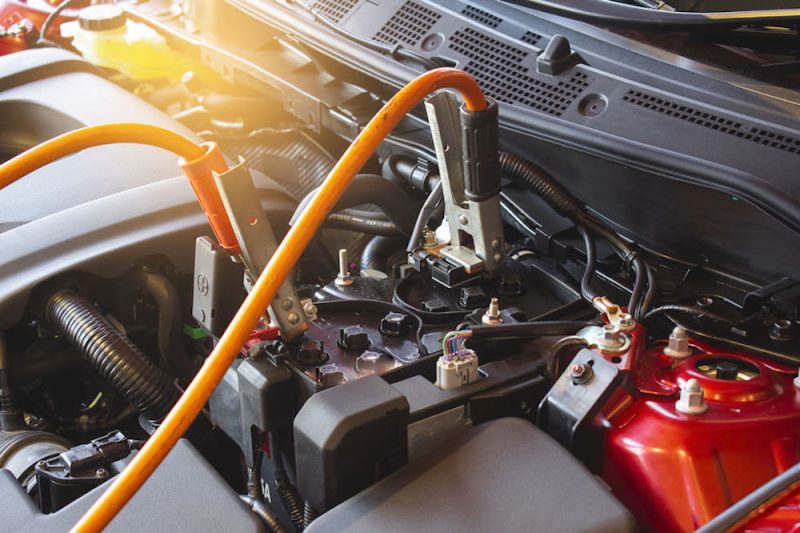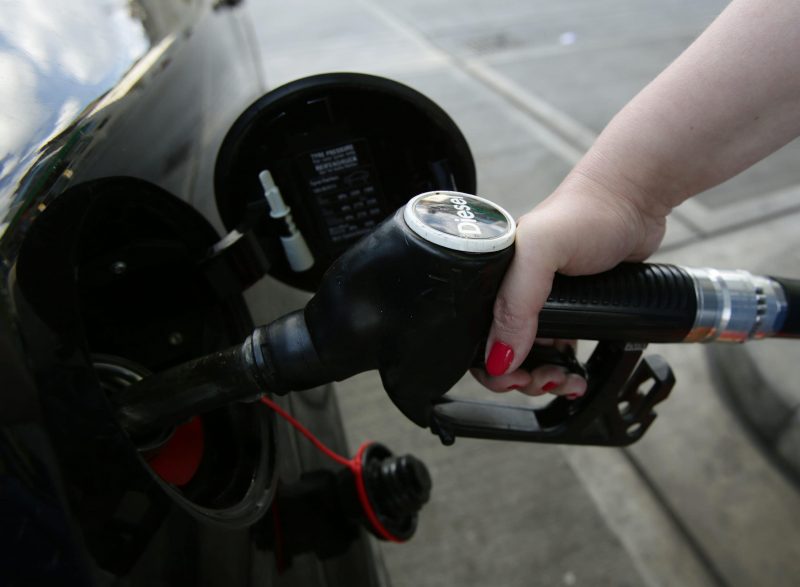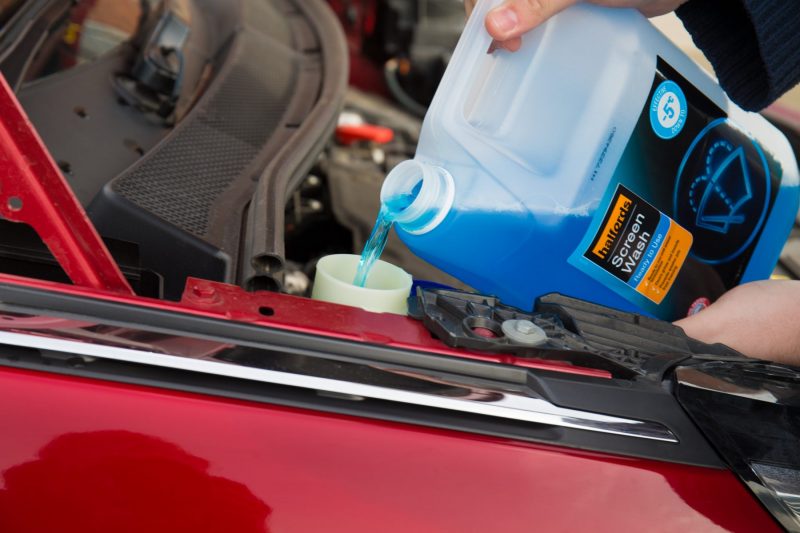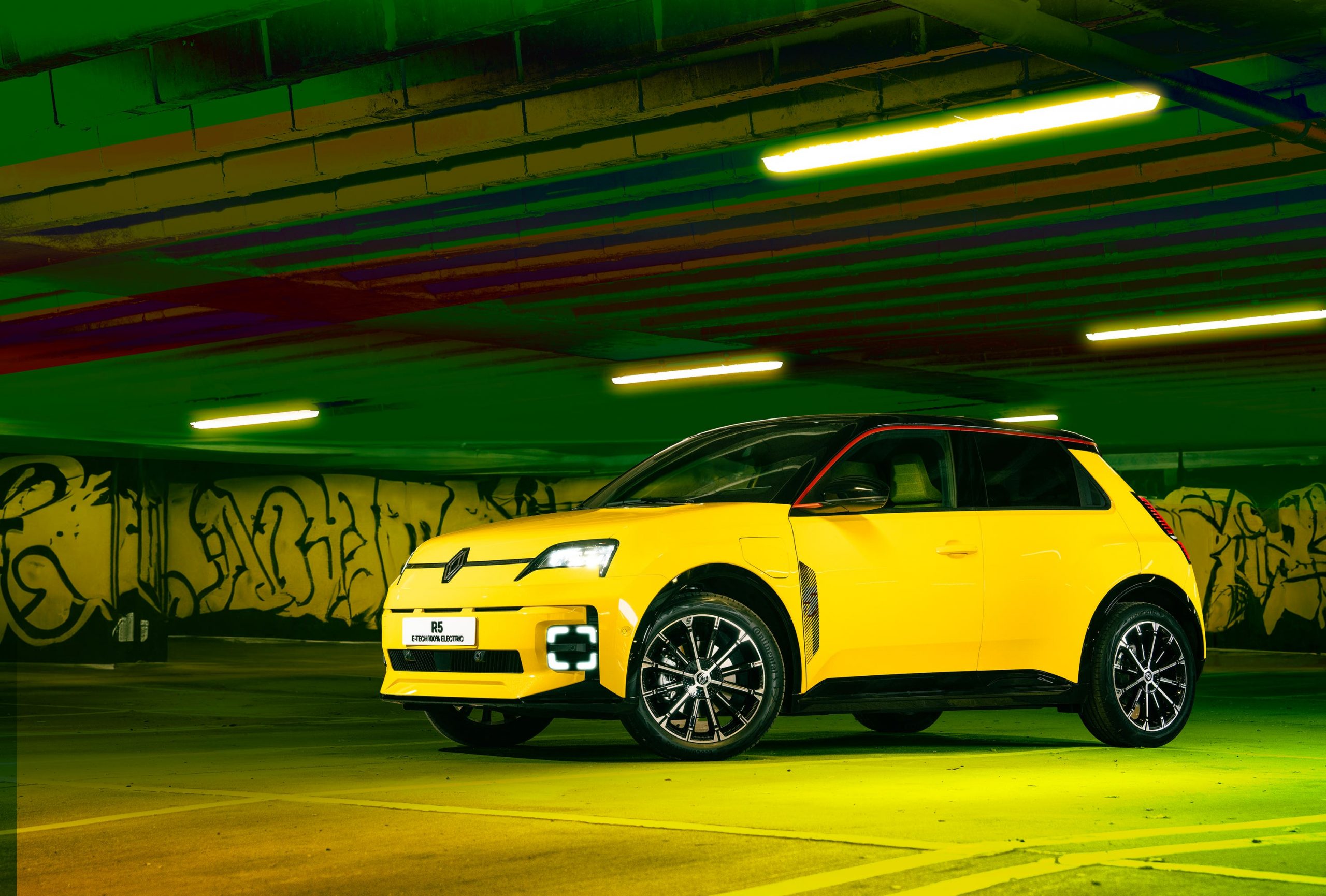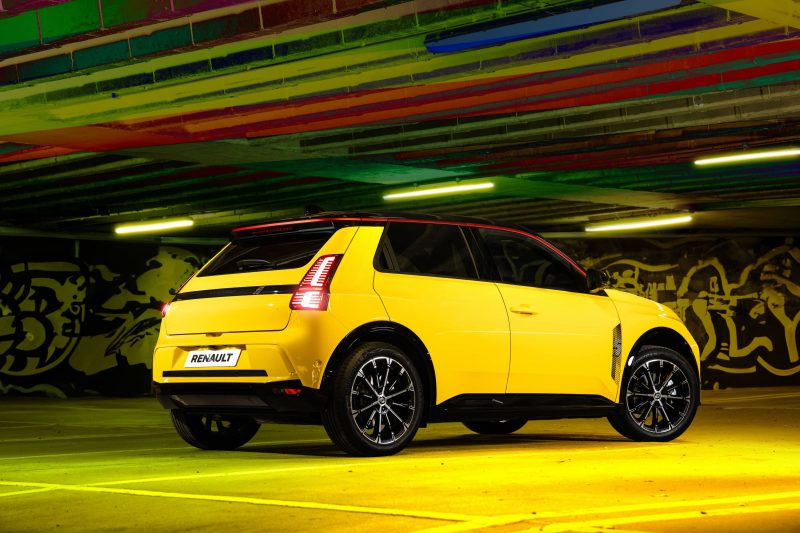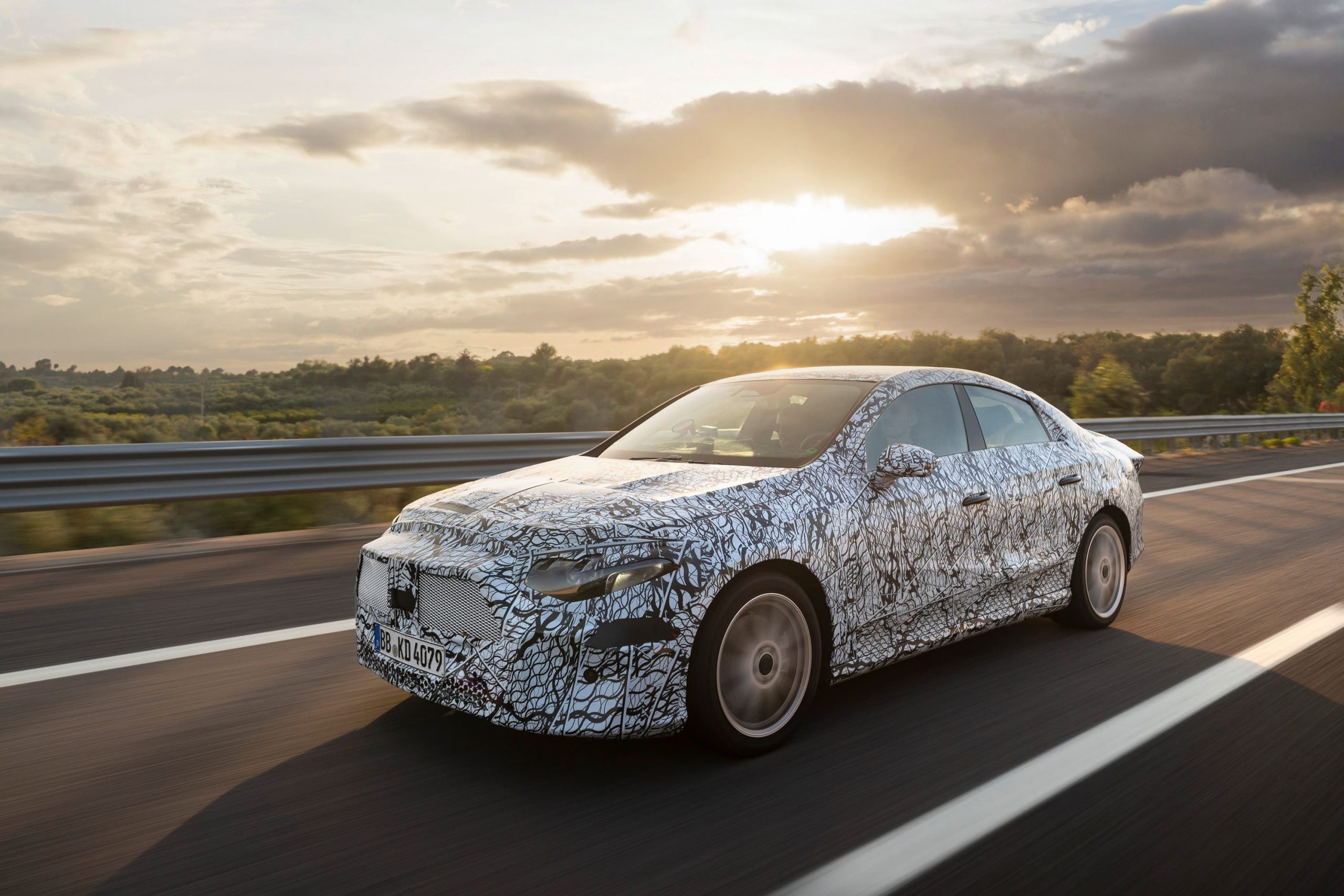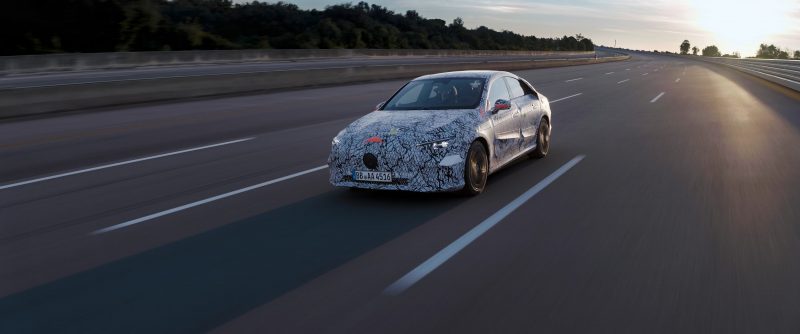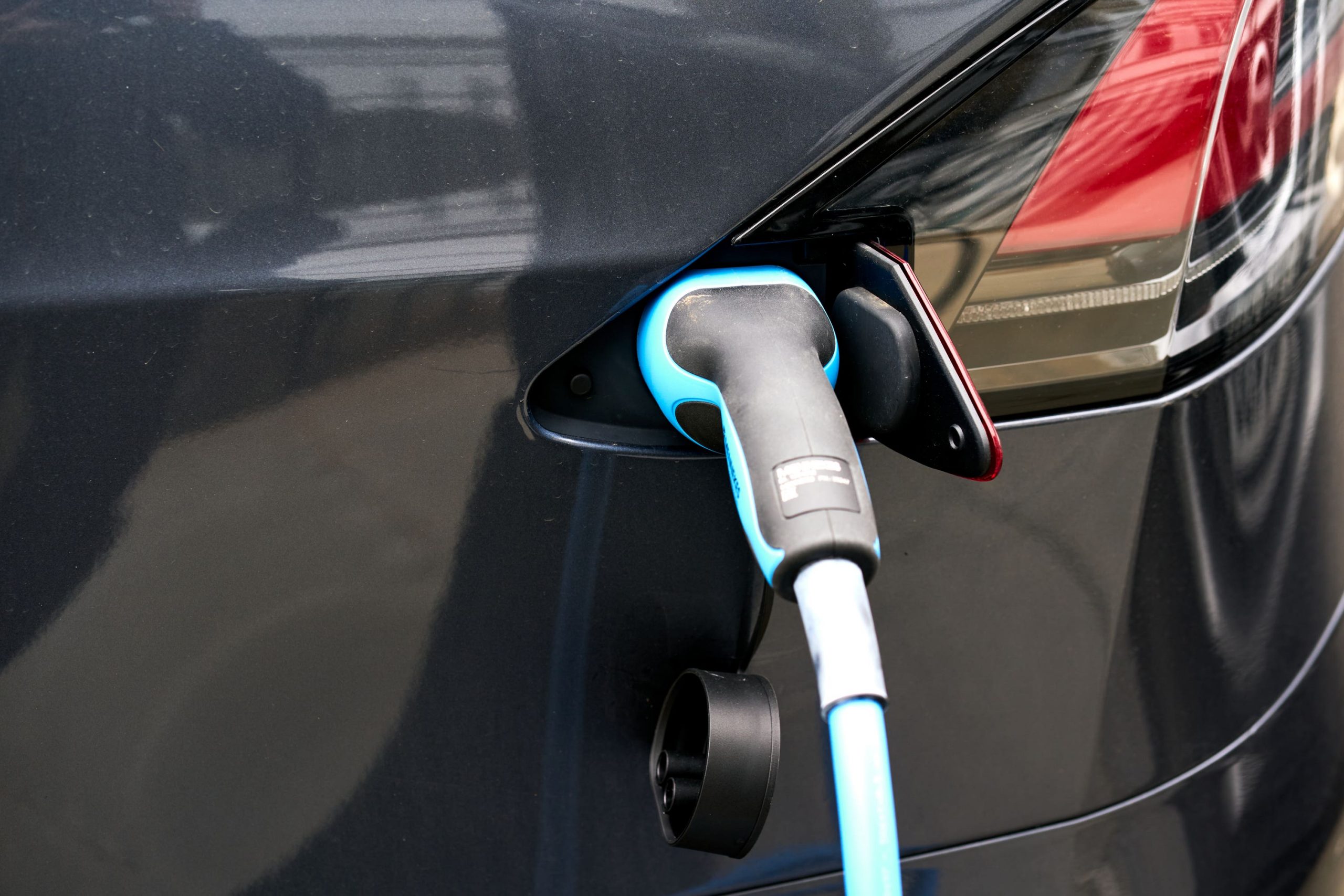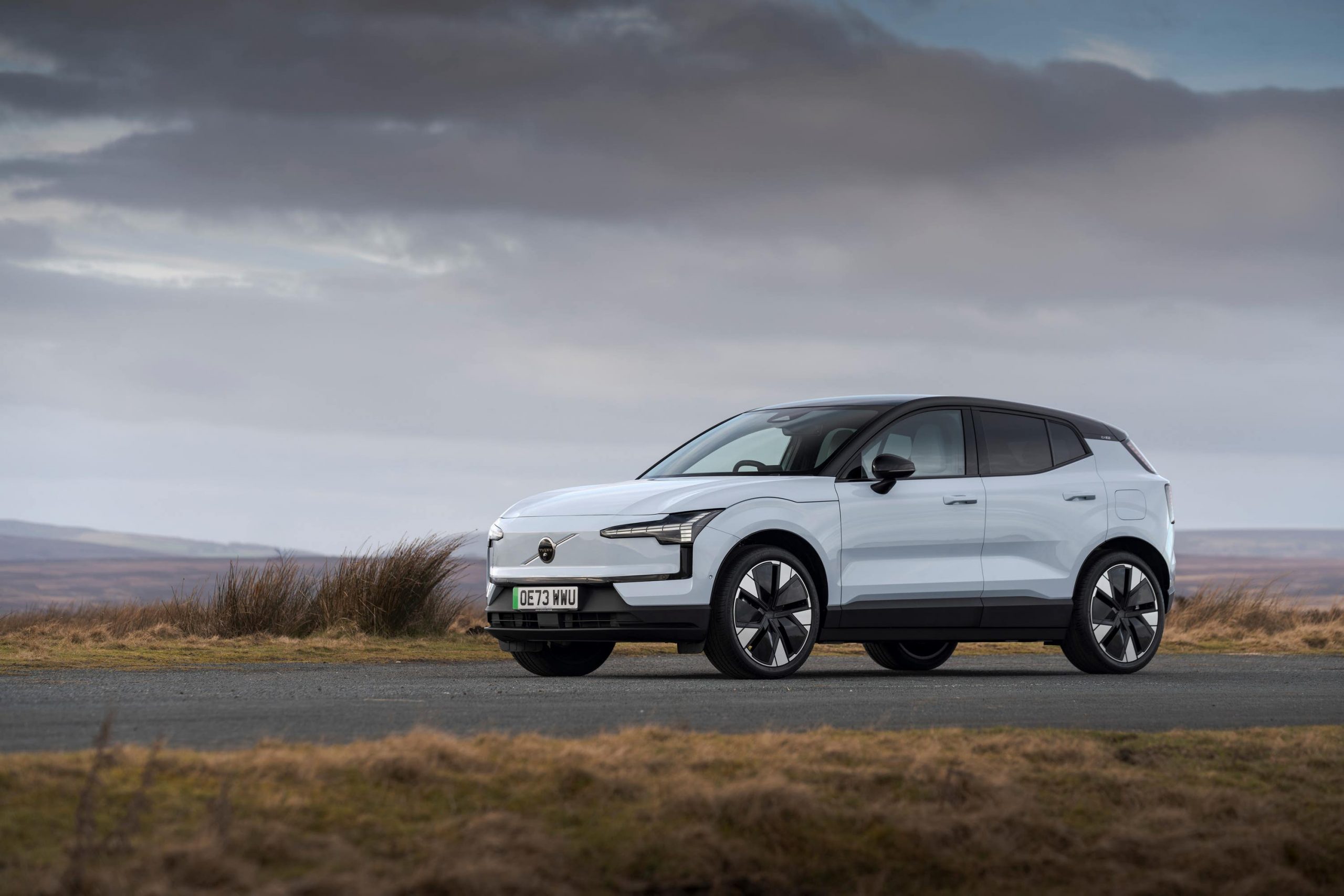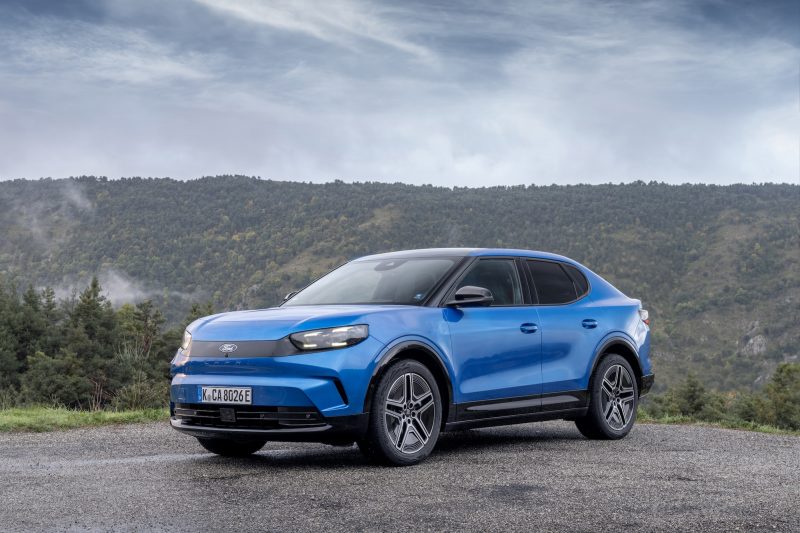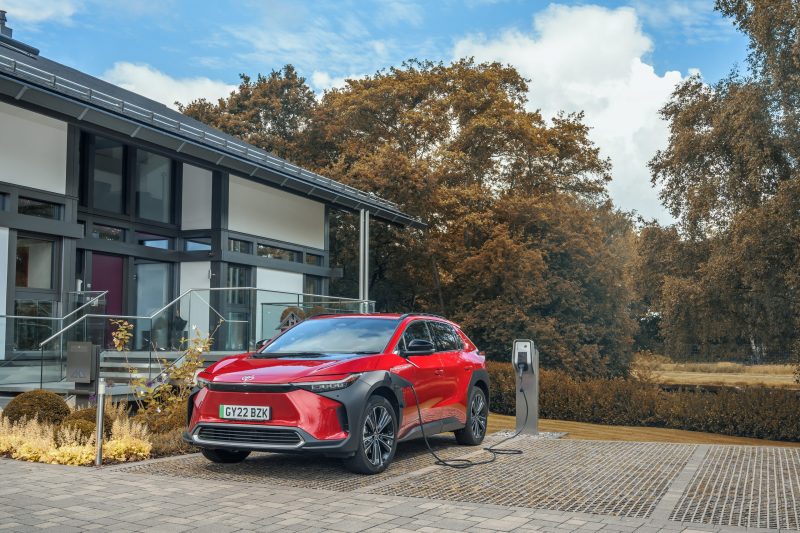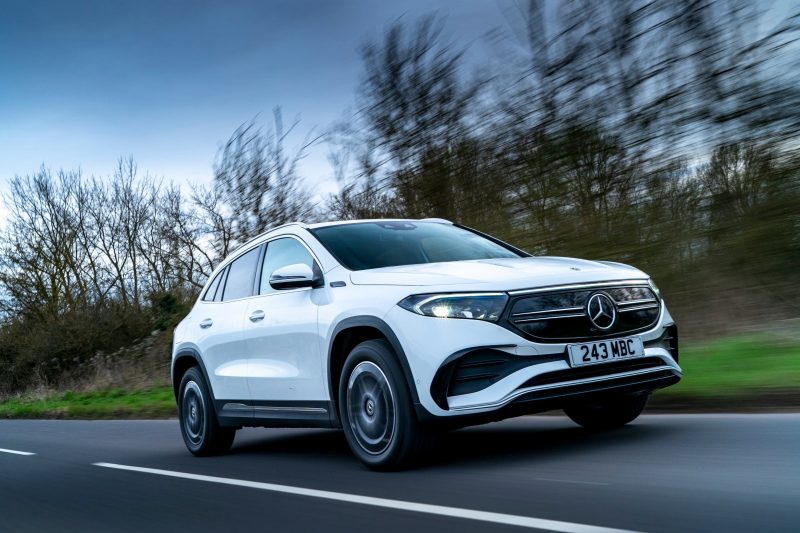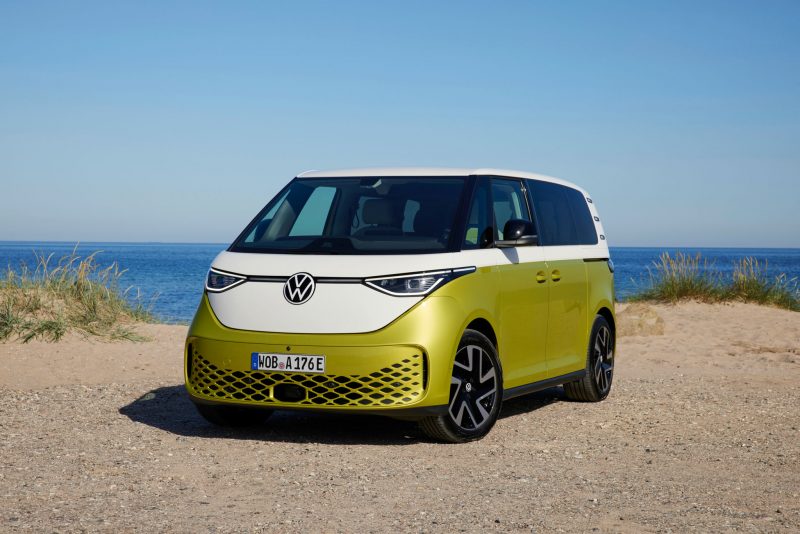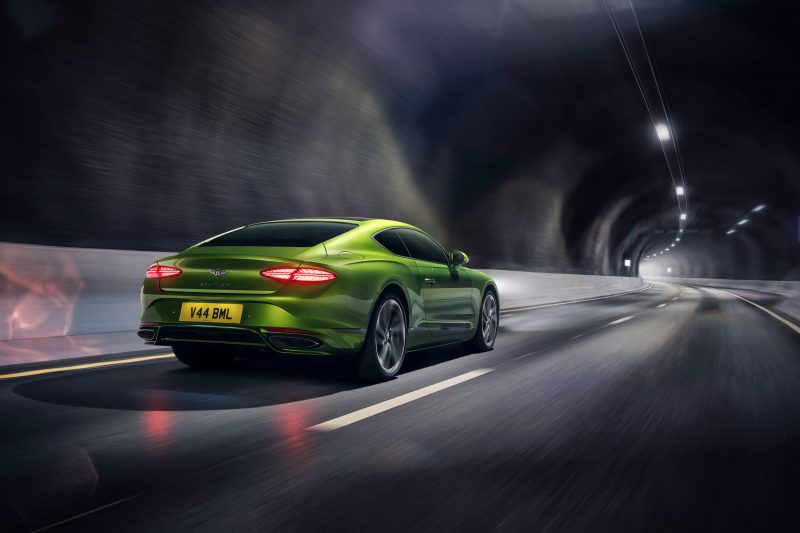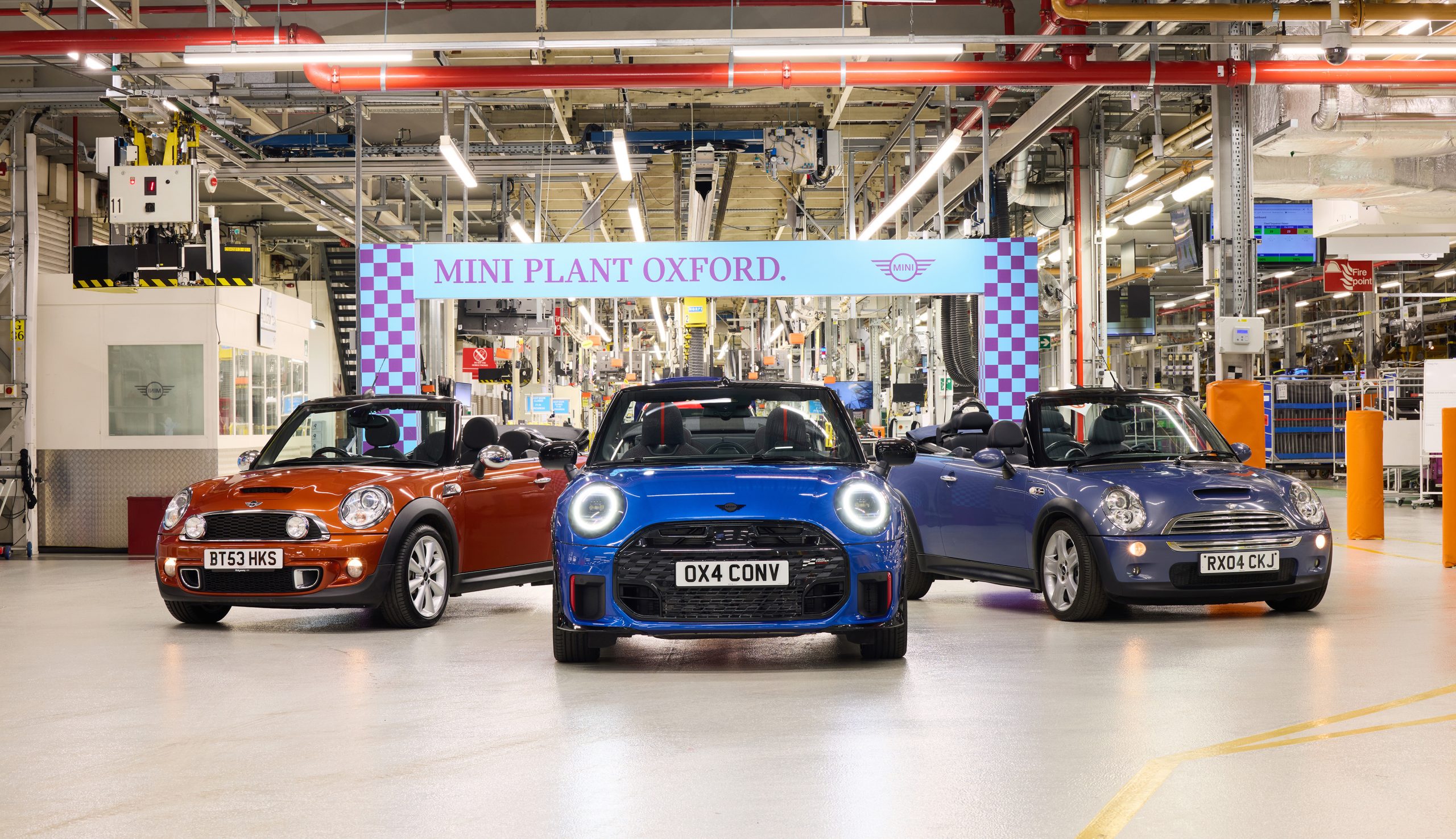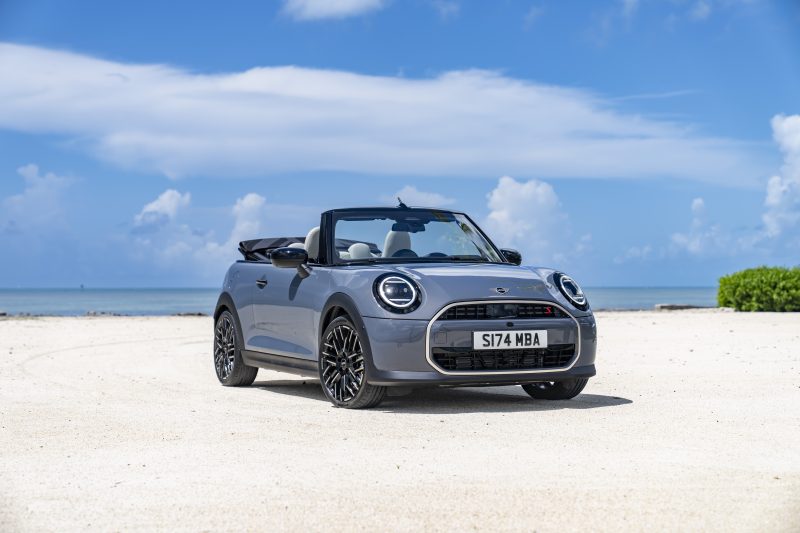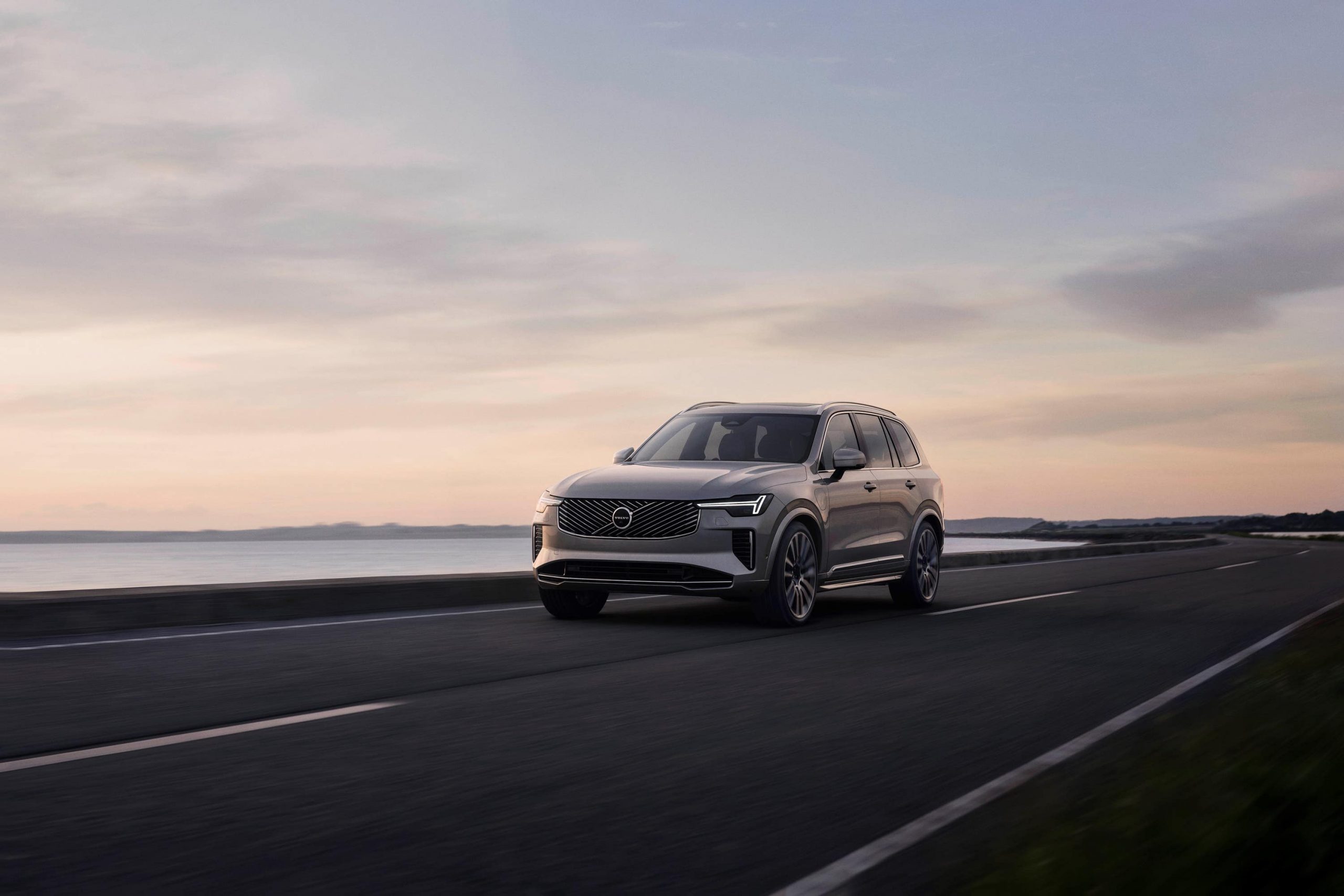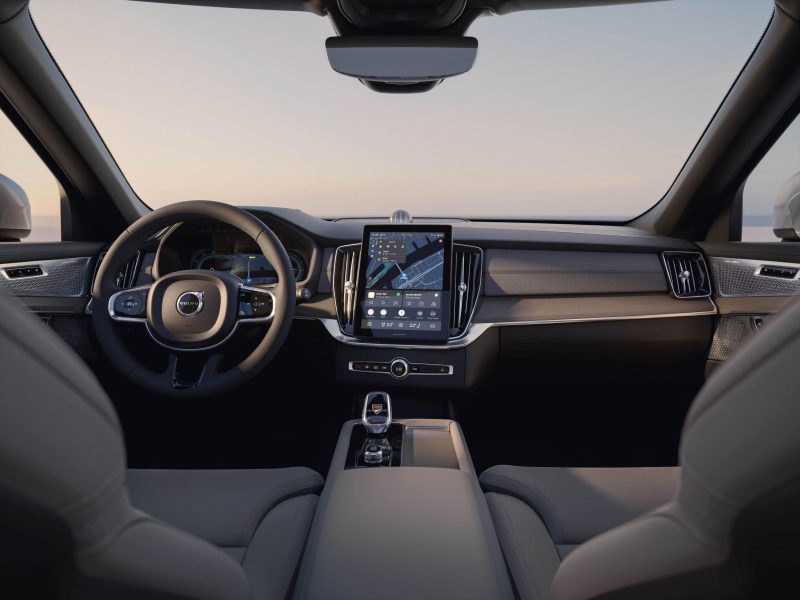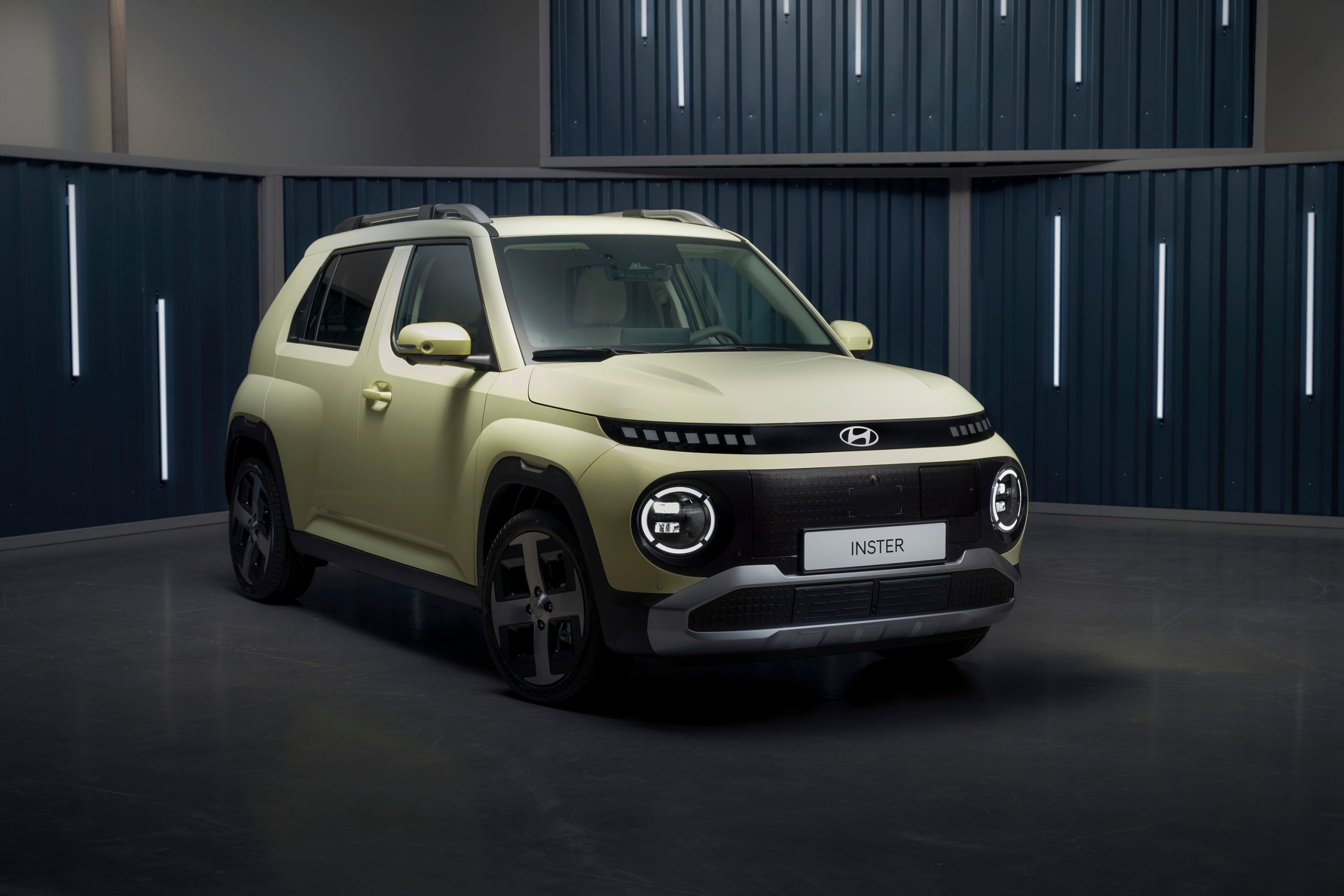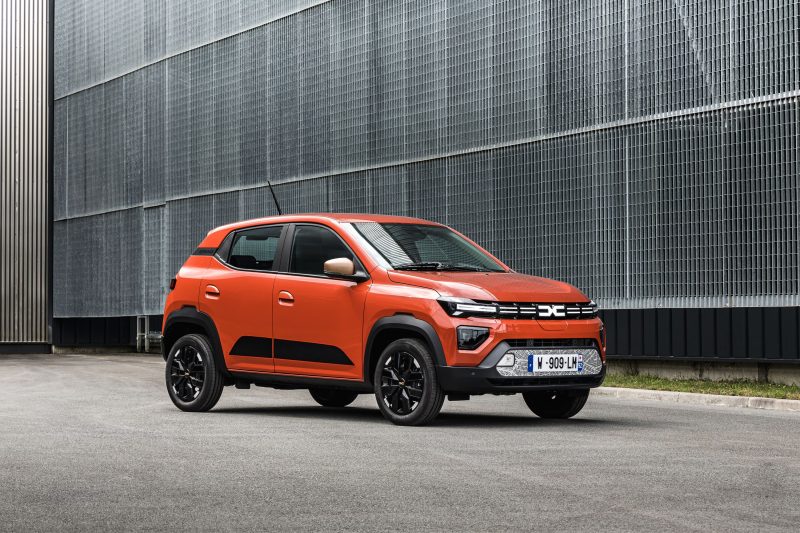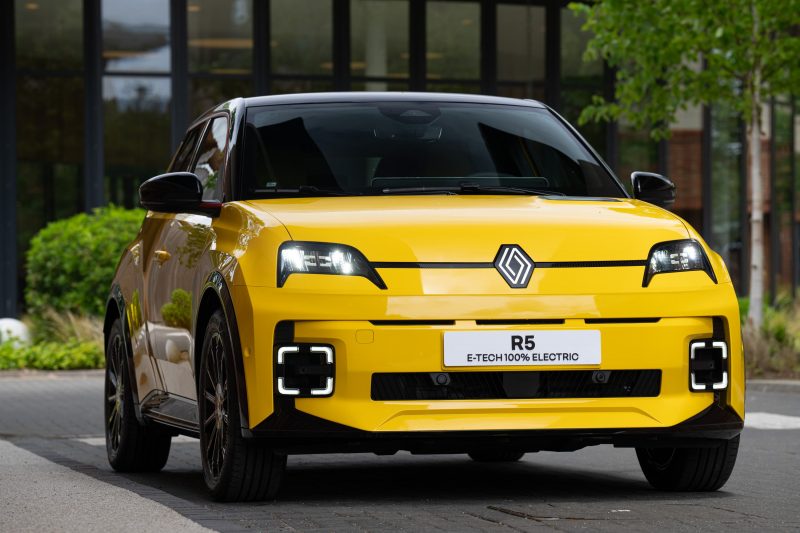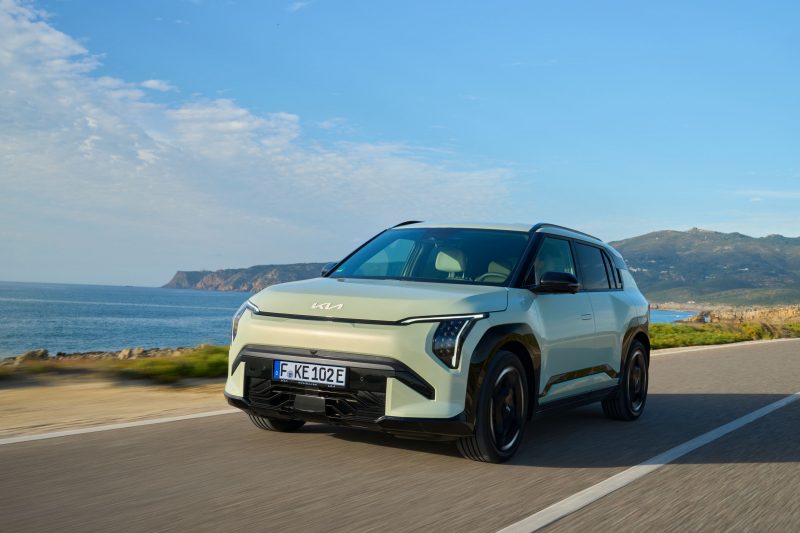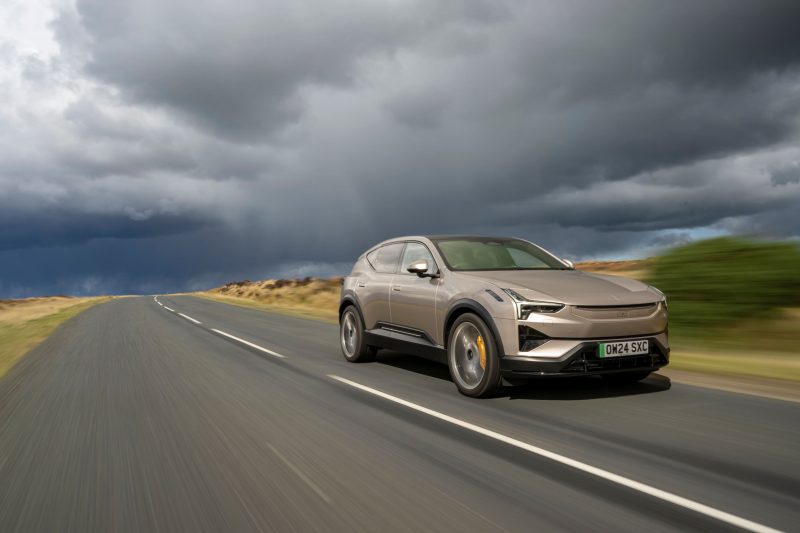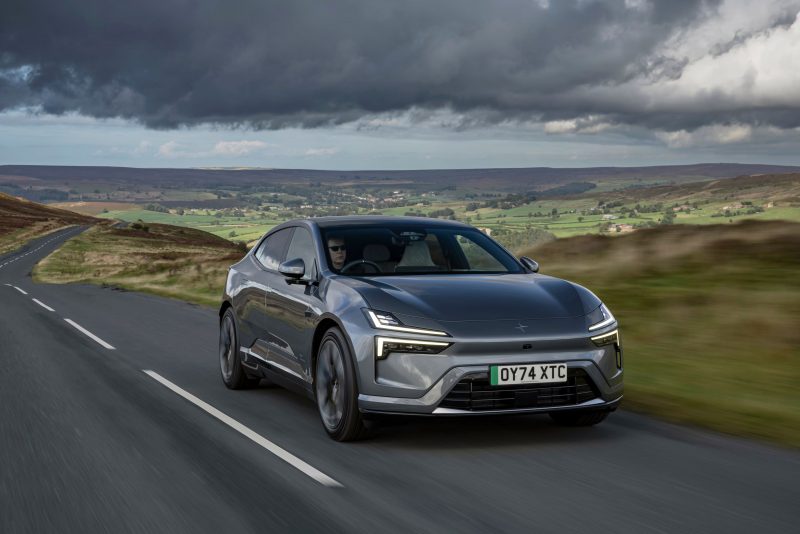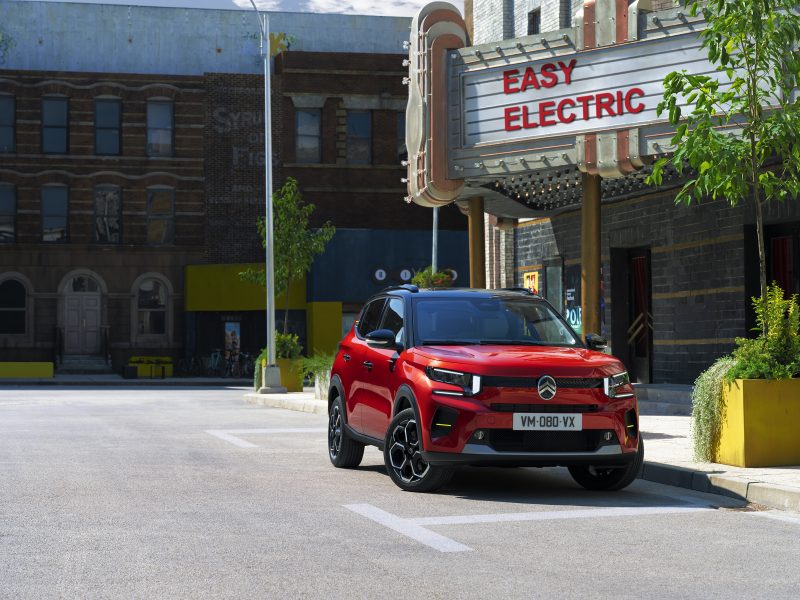As we prepare for Christmas, so do Santa and his little helpers, but what if he was to swap his reindeer and sleigh for four wheels?
For many of us, Christmas is one of the most exciting times of the year and Santa Claus has the busiest schedule that no one else can match.
As he delivers millions of presents to children across the globe in just under 24 hours, his reindeers and sleigh go under immense pressure to ensure that he gets the job done on time.
But, you might be asking, what if Santa was to swap his reindeers and sleigh for four wheels? What cars on the market today would he consider if he had a change in transportation?
Forget supercars and two-door sports cars, what Santa really needs is something big, practical and capable of going anywhere he wants to go, to allow him to get his very important delivery to where it needs to be on time.
We’ve compiled a list of the best cars suited for Father Christmas.
Toyota Land Cruiser
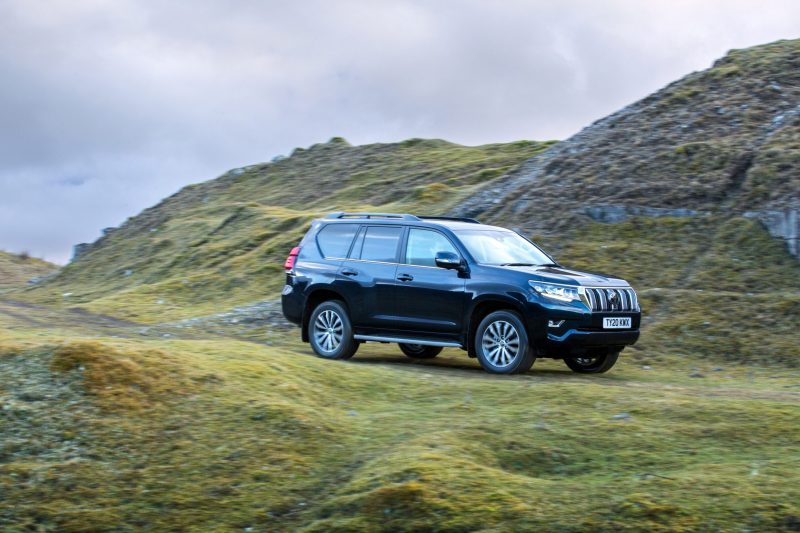
If Santa is going to be travelling thousands of miles in a single day, he’ll need something that is going to be capable of conquering any place on earth.
It only seems natural for him to drive a car like the Toyota Land Cruiser, with its four-wheel-drive and rugged off-road capability. Also, with its legendary reliability and durability, it would be the ideal tool for Father Christmas to get around safely and comfortably and always get to where he wants to go.
Toyota’s Land Cruiser is also very practical. It has loads of boot space, and if the rear seats are folded down, the capacity stands at 1,943 litres – enough room for Santa’s delivery needs.
Volvo XC70
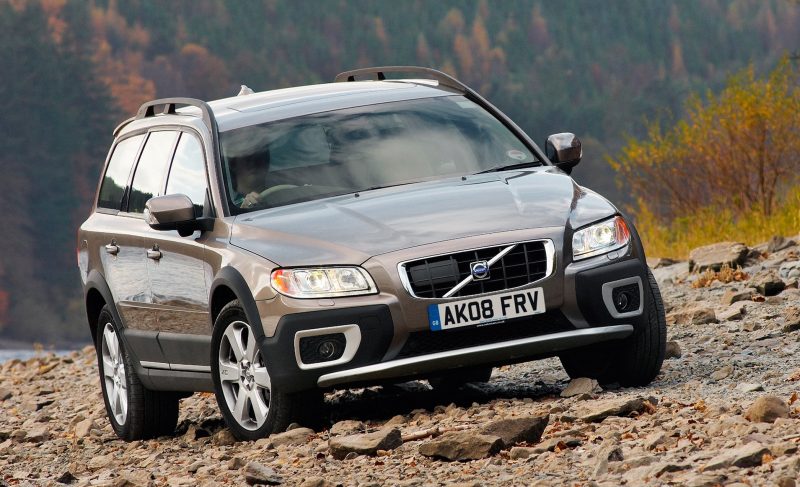
Another sensible choice would be to go down the Swedish route and look at the old Volvo XC70 which comes with bags of space and jacked-up off-road looks.
It comes with the brand’s famous comfortable front seats, which are like armchairs – ideal for Santa’s very long journey. Every engine option is strong and dependable and it comes with a very capacious boot which stands at 1,600 litres with all the seats folded down.
The XC70 is also fairly anonymous looking, which is great for blending into the background so Santa doesn’t get recognised when he’s conducting his most important delivery service of the year.
Land Rover Defender
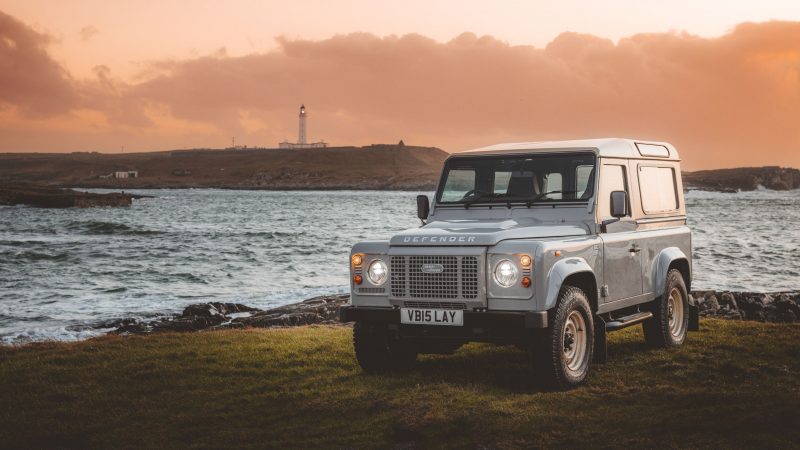
Similar to Toyota’s Land Cruiser, the Land Rover Defender is a strong and capable off-roader that can go almost anywhere where no other car dares to climb.
It may not be as reliable as the Land Cruiser, but older models have proven pretty tough and give Santa everything he needs to get presents delivered on time. Not only that, it has a rather spacious boot, ideal for stowing presents in and with its off-road capability, the Defender should prove no issue if Santa finds himself in a bit of bother.
Mercedes G-Class
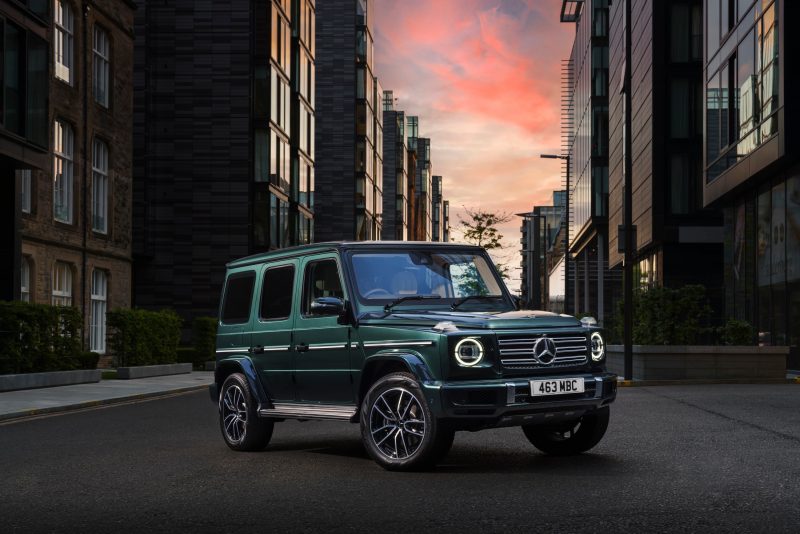
It may be an old design, but Mercedes’ G-Class is still a very popular off-roader all around the world and is another car that could easily be Father Christmas’ mode of transport.
Not only has it got a timeless look, but it’s got a great reputation for being a solid and trustworthy workhorse that can rack up lots and lots of miles without any fuss. Plus, newer models utilise Mercedes’ luxurious interior with plenty of equipment to keep Santa Claus relaxed when he’s under a strict amount of time to get everyone’s presents delivered.
Toyota Hilux

There seems to be a trend on this that all the cars are off-road and four or all-wheel-drive. The only pick-up on this is Toyota’s Hilux. Just like its bigger brother, the Land Cruiser, the Hilux is one of the most indestructible cars on the planet.
Being a pick-up, it means that there is a cavernous amount of cargo space in the back and the latest versions come with plenty of equipment to keep Father Christmas happy behind the wheel. And, with a reliability record as good as a Toyota Hilux – the man himself shouldn’t find any issues along the way on his very long adventure.
Even older versions are bulletproof when it comes to reliability and you can pick them up relatively cheaply at less than £10,000 – making it a bargain for Santa.
By Cameron Richards


